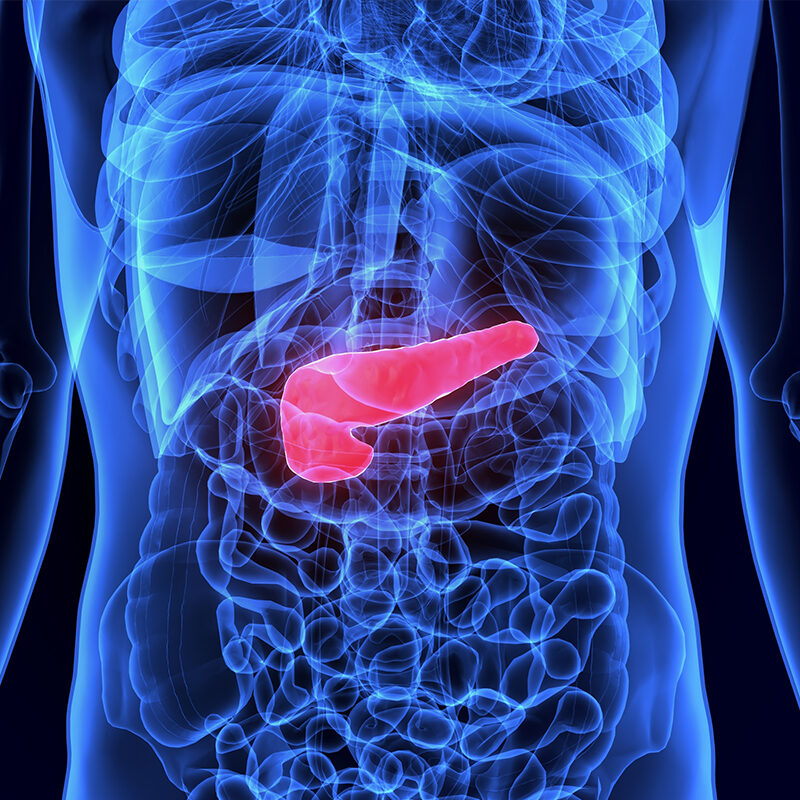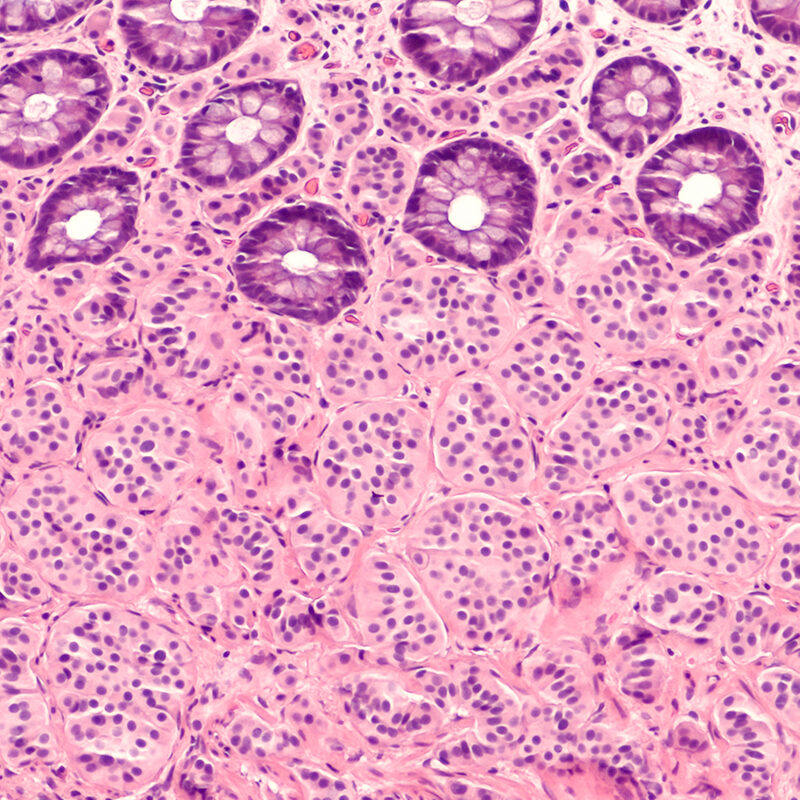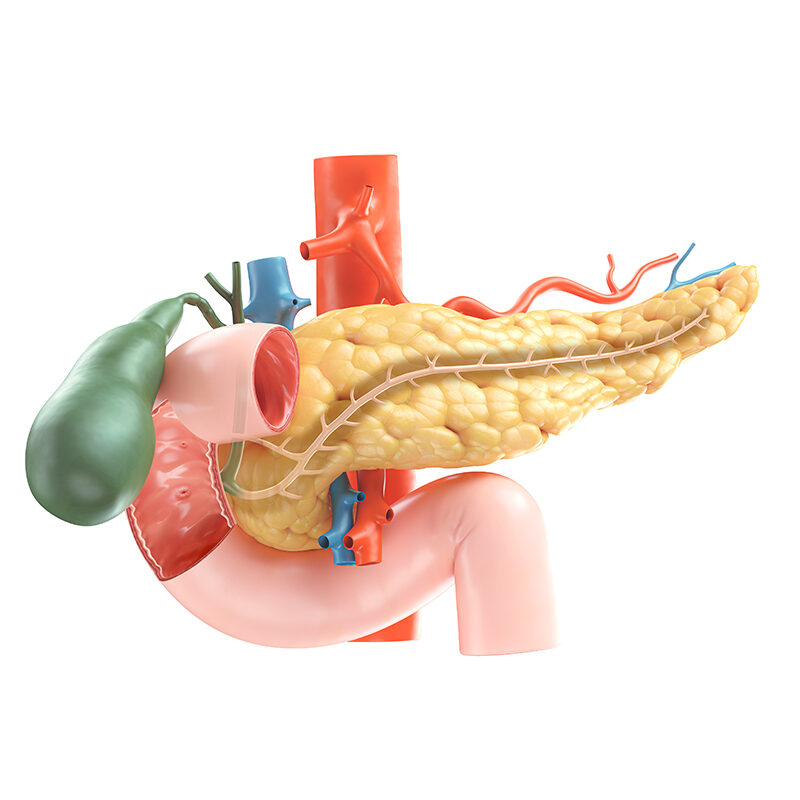
Bile Duct and Gallbladder Disease/Cancer
Cholecystectomy or removal of the gallbladder is one of the most common surgical procedures performed.
Indications are overwhelmingly for benign disease such as “acute or chronic” cholecystitis.
Another indication for cholecystectomy would be the presence of “gallbladder polyps” if they meet certain size criteria.

Chronic Pancreatitis
Chronic pancreatitis is essentially permanent damage or “scarring” of the pancreas usually due to previous episodes of “acute” pancreatitis.
Common etiologies include gallstones, alcohol use, certain medications and occasionally due to underlying autoimmune or hereditary conditions.
At times the injury is limited to part of the gland, while the entire pancreas may also be affected in others.

Cytoreductive Surgery (CRS) and Heated intraperitoneal Chemotherapy (HIPEC)
In general, the three main ways that cancers spread are through blood (this causes distant metastases such as liver, lungs, or bones), through lymphatics, or by direct extension. If you imagine the abdomen as a room, inside that space, there is a lining called the peritoneum which would be equivalent to “wallpaper covering”. There is also a fatty “curtain-like” structure called the omentum. Certain cancers, such as appendix, colon and ovarian, have a propensity for direct extension or ”peritoneal” spread.

Gastric Cancer
Resection of the stomach can range from a simple wedge resection to partial removal of the stomach, and at times completely removing the entire stomach. The type of surgery required depends on both the type of underlying tumor and its location. With certain tumors only a minimal resection margin is needed. Other more aggressive cancers may require a wide resection margin to ensure all microscopic tumor is removed. Furthermore, depending on the underlying diagnosis there may be a need for extensive lymph node dissection as well.

Liver Surgery
Liver directed therapy may be indicated for concerns, pre-cancerous or symptomatic benign lesions. In addition to resection, certain smaller tumors may be treated by placing a needle into them and “ablating” them using thermal energy.
Malignant lesions can be primary-arising from the liver itself, or malignant-arising from another organ and spreading to the liver. Given the liver’s unique ability to regenerate, and techniques such as two stage resection, combining resection with ablation, and arterial or venous embolization prior to surgery, a wide variety of liver directed therapy options are available. Many of the procedures can also be performed laparoscopically.

Neuroendocrine Tumors
The term “neuroendocrine tumor” broadly includes a wide range of neoplasms which range from indolent and slow growing to potentially aggressive ones.
Since the underlying “cell type” responsible for neuroendocrine tumor exists in multiple organs, these lesions can arise in multiple different organs. Most common sites include small bowel, pancreas, appendix, and lung.

Pancreatic Surgery
Surgical treatment of pancreatic disease includes a wide variety of procedures which can be broadly defined into resection or drainage procedures. Indications for surgery include malignant or pre-malignant lesions as well as symptomatic benign conditions.
The more common procedures include resection of part or all of the pancreas and are mainly performed for treatment of cancer. Both resection and drainage surgeries can be performed for certain conditions, such as chronic pancreatitis,
